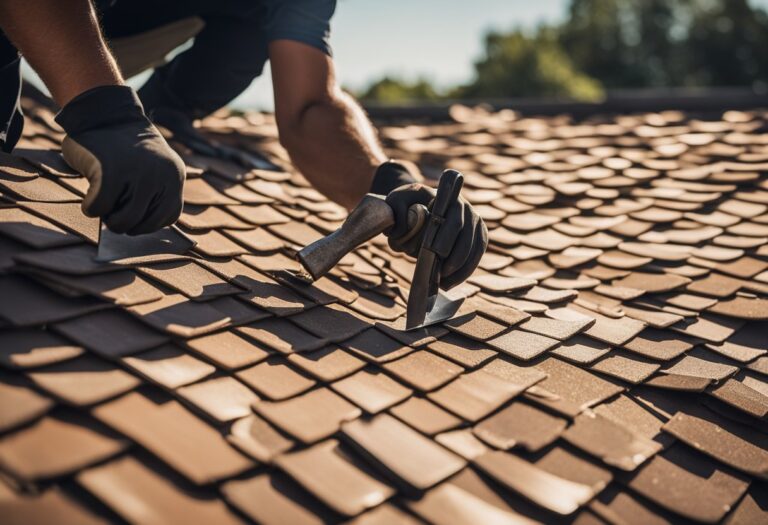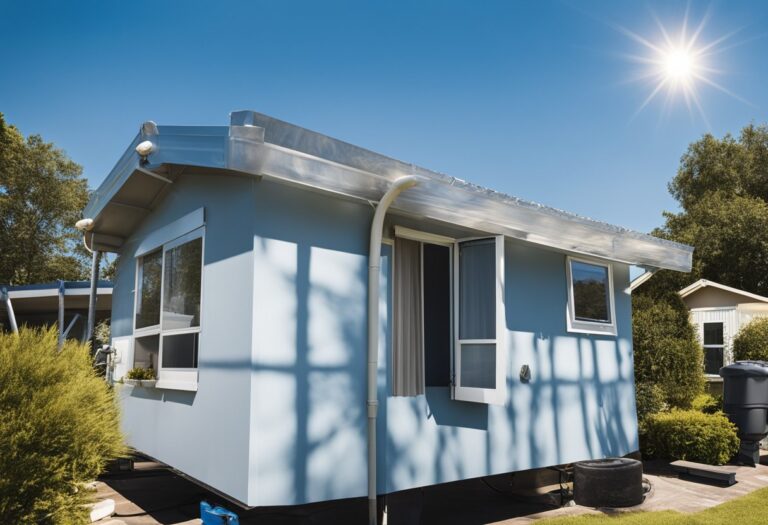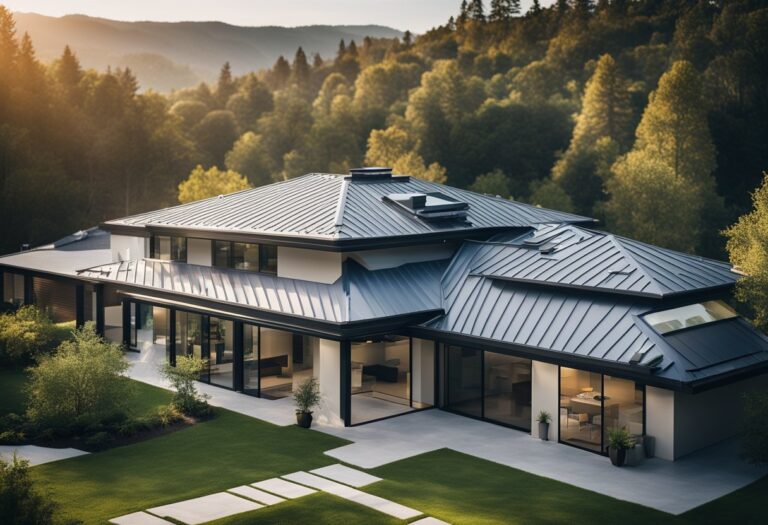Extreme weather conditions can cause significant damage to buildings, particularly the roof. With climate change causing more frequent and severe weather events, it is crucial to ensure that buildings are resilient enough to withstand these conditions. Roofing resilience is an essential aspect of building design and maintenance, and there are various strategies that can be implemented to combat extreme weather.

One of the most effective strategies for roofing resilience is to use high-quality roofing materials that are specifically designed to withstand extreme weather conditions. These materials can include impact-resistant shingles, reinforced membranes, and metal roofing systems. Additionally, regular maintenance and inspections can help identify and address any potential vulnerabilities in the roof. This can include repairing any damage or leaks, clearing debris, and ensuring that the roof is properly sealed.
Another strategy for roofing resilience is to design roofs with extreme weather conditions in mind. For example, roofs can be designed to have a steeper pitch to help prevent water accumulation and reduce the risk of leaks. Additionally, the use of roof overhangs and gutters can help divert water away from the building and prevent damage to the foundation. By implementing these strategies, building owners and managers can ensure that their roofs are resilient enough to withstand extreme weather conditions.
Understanding Roofing Resilience

Fundamentals of Roofing Resilience
Roofing resilience refers to the ability of a roofing system to withstand extreme weather conditions, such as hurricanes, tornadoes, hailstorms, and heavy snowfalls. A resilient roof can protect a building and its occupants from damage caused by extreme weather, reduce energy costs, and extend the life of the roof.
The key to achieving roofing resilience is to design and install a roofing system that can withstand the specific weather conditions of the region where the building is located. This involves selecting the appropriate roofing materials, insulation, and ventilation systems, as well as ensuring that the roof is properly installed, maintained, and repaired.
Impact of Extreme Weather on Roofing Systems
Extreme weather events can have a significant impact on roofing systems. High winds can cause shingles or other roofing materials to become loose or even blow off the roof entirely. Heavy rain can lead to leaks and water damage, while hail can cause dents and cracks in roofing materials. Snow and ice can also cause damage, especially if the roof is not designed to handle the weight of the snow.
In addition to physical damage, extreme weather can also affect the performance of roofing systems. For example, high temperatures can cause asphalt shingles to soften and lose their protective granules, while cold temperatures can cause them to become brittle and crack. Moisture can also cause problems, such as mold growth and rotting of the roof deck.
Overall, understanding the fundamentals of roofing resilience and the impact of extreme weather on roofing systems is essential for building owners and roofing professionals. By taking a proactive approach to roofing design, installation, and maintenance, it is possible to create roofing systems that can withstand even the most extreme weather conditions.
Enhancing Roofing Durability

Extreme weather events can cause significant damage to roofing systems, resulting in costly repairs and disruptions to daily operations. To combat this, building owners and facility managers must prioritize roofing resilience through enhanced durability strategies.
Material Selection and Roof Design
The selection of roofing materials and design plays a crucial role in enhancing durability. It is important to choose materials that are resistant to extreme weather conditions and can withstand the impact of hail, wind, and heavy rainfall. Metal roofing, for example, is a popular choice due to its durability and resistance to corrosion.
Roof design is also an important factor in enhancing durability. Sloped roofs with proper drainage systems can prevent water accumulation and reduce the risk of leaks. Additionally, the use of impact-resistant materials and coatings can increase the resilience of roofing systems against hail and wind damage.
Innovative Roofing Technologies
Innovative roofing technologies can also enhance roofing durability. For instance, the use of cool roofs can reduce heat absorption and thermal expansion, thereby reducing the risk of damage due to temperature fluctuations. Additionally, the use of photovoltaic (PV) solar panels can not only generate renewable energy but also provide additional protection against extreme weather conditions.
Maintenance and Inspection Strategies
Regular maintenance and inspection of roofing systems can help identify and address potential issues before they become major problems. This includes cleaning gutters and downspouts, removing debris, and conducting routine inspections to identify any signs of damage or wear and tear. Prompt repairs and replacements can help prevent further damage and increase the overall durability of the roofing system.
In conclusion, enhancing roofing durability through material selection, innovative technologies, and regular maintenance and inspections can help combat the impact of extreme weather events and increase the resilience of roofing systems.






